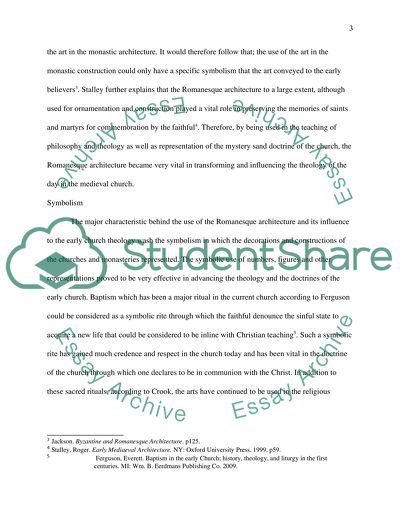Cite this document
(“Romanesque Architecture and Theology Essay Example | Topics and Well Written Essays - 2750 words”, n.d.)
Romanesque Architecture and Theology Essay Example | Topics and Well Written Essays - 2750 words. Retrieved from https://studentshare.org/architecture/1575098-romanesque-architecture-how-did-it-affect-the-theology-of-the-day
Romanesque Architecture and Theology Essay Example | Topics and Well Written Essays - 2750 words. Retrieved from https://studentshare.org/architecture/1575098-romanesque-architecture-how-did-it-affect-the-theology-of-the-day
(Romanesque Architecture and Theology Essay Example | Topics and Well Written Essays - 2750 Words)
Romanesque Architecture and Theology Essay Example | Topics and Well Written Essays - 2750 Words. https://studentshare.org/architecture/1575098-romanesque-architecture-how-did-it-affect-the-theology-of-the-day.
Romanesque Architecture and Theology Essay Example | Topics and Well Written Essays - 2750 Words. https://studentshare.org/architecture/1575098-romanesque-architecture-how-did-it-affect-the-theology-of-the-day.
“Romanesque Architecture and Theology Essay Example | Topics and Well Written Essays - 2750 Words”, n.d. https://studentshare.org/architecture/1575098-romanesque-architecture-how-did-it-affect-the-theology-of-the-day.


